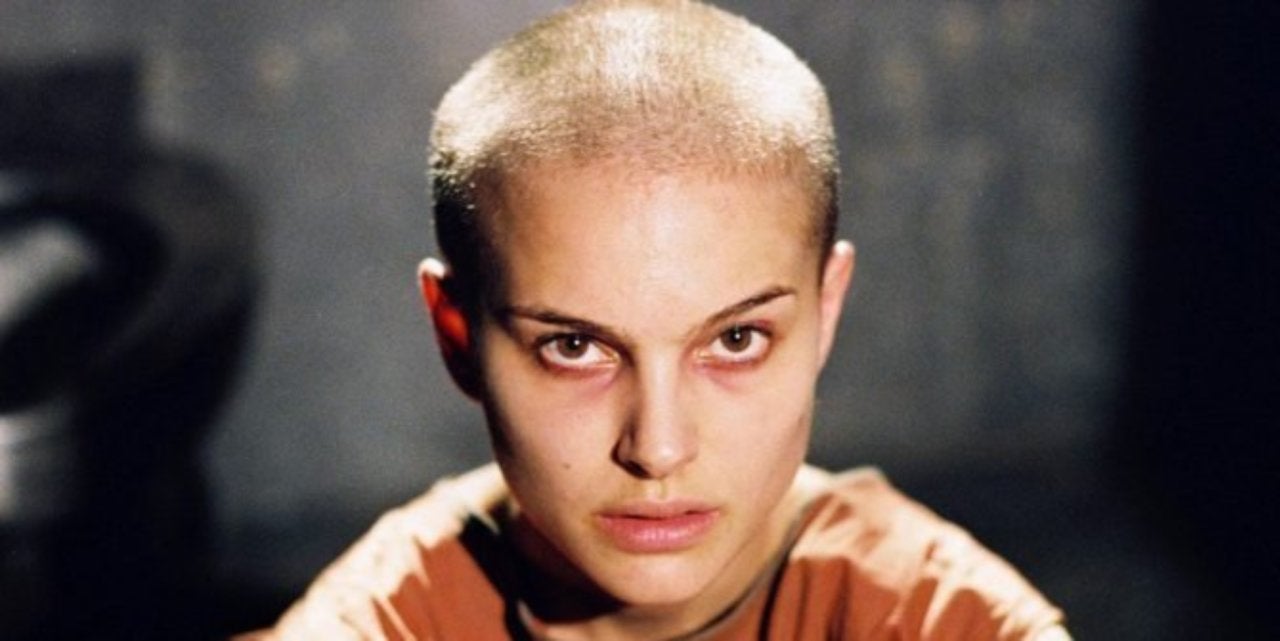
Adaptations have existed since the days of the Greek tragedy, and they only seemed to have tripled in their numbers since the arrival of cinema in the late 19th century.
While no novel has been safe from such a fate, not every film adapted from a novel has been a resounding success nor a catastrophic failure. Some novels, amazingly, have made it to the screen and gone on to become favourites of cinephiles and audiences around the world.
No adaptation is truly perfect, however, some films rise above the usual pitfalls that befall adaptations, despite the unfilmable nature of such source materials. Be it by compromise or sheer determination, here are 10 movies that, despite their difficult sources, are good adaptations nonetheless.
10. Crash
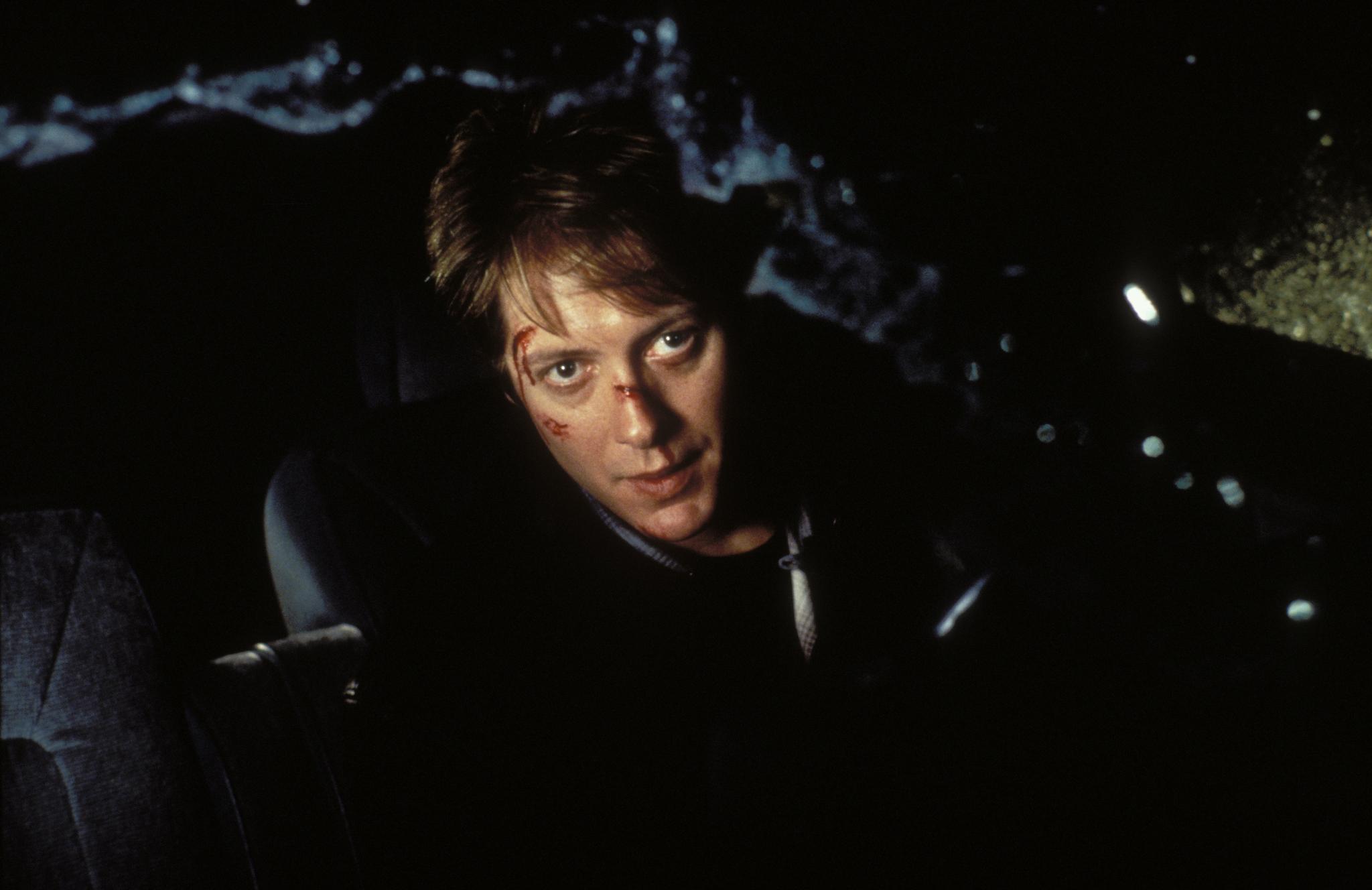
David Cronenberg, a director known for his unsettling ideas and explorations of human nature and form, teamed up with British producer Jeremy Thomas to bring us two of modern cinema’s most daring adaptations, 1991’s Naked Lunch and 1996’s Crash, among other films.
The latter, an adaptation of J.G. Ballard’s controversial 1973 postmodern classic, tells the morbid yet fascinating story of a group of social outcasts and their sexual attraction to vehicular damage. In other words, they get off to car crashes.
Replusive? Surely, but leave it Cronenberg to take such a lurid subject and elevate it beyond merely pseudo-pornographic shock-for-shock-sake exploitation or pretentious transgressive art, and create a genuinely entertaining and provocative film that dissects sexual fetishism’s logical conclusion and the absolute extremes pleasure-seekers will go to for that sacred high.
Ballard’s original novel is a maddening, almost erotic exploration of finding excitement in death and the relationship between humanity and technology and their eternal, irreversible entwining.
Ballard went all out in describing the bizarre sex acts, but given how difficult it is to truly translate them to film, Cronenberg dialed them down greatly but kept how explicit he portrayed such acts and keeps the film more focused on characterization and their roles in this strange yet alluring world they’ve gotten themselves caught up in.
The themes are no less disturbing, but Cronenberg’s more grounded take compromises Ballard’s excessive details and depth for something more (relatively) accessible.
9. American Psycho
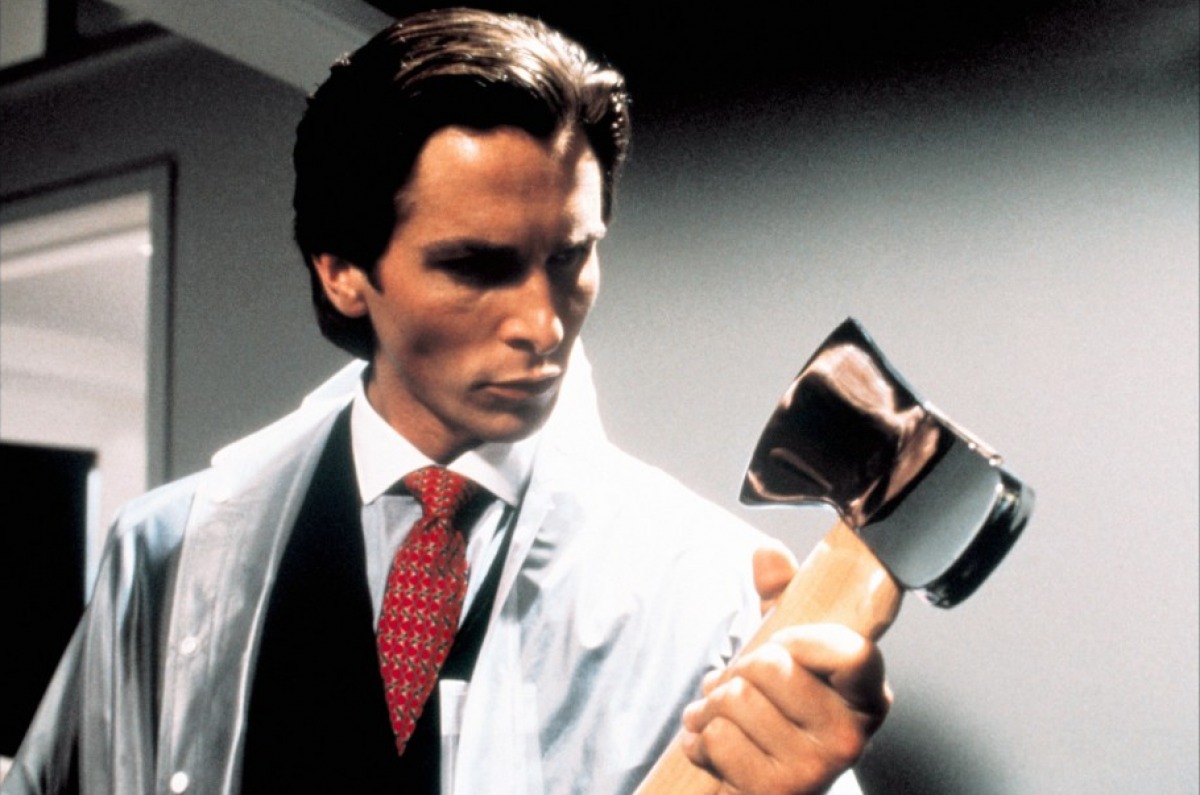
An unknown director, a highly controversial novel, an established actor in one of his best roles, and more corpses than one can drop a chainsaw on. Yup, it’s American Psycho¸ Mary Harron’s acclaimed cult classic adaptation of Bret Easton Ellis’ ultraviolent novel.
The story of Patrick Bateman’s psychopathic (and sometimes cannibalistic) rampages throughout New York City’s financial elite has gone down as a darkly comical classic of the horror genre. Both are bloody and baffling, filled with confusing moments of dialogue and horrific violence. But where the novel is a labyrinthine satire of 80’s yuppie culture, the film is more or less a black comedy that is more preoccupied with deadpan humour and slasher violence.
To completely translate the story from page to frame would be impossible to achieve. Its convoluted prose, extreme violence, and subtle insanity make the novel a tough read, and to replicate what the novel does well on film would muddle and ruin it exponentially. Fortunately, the film is still highly enjoyable. Christian Bale IS Patrick Bateman, you laugh along with how absurd his world is and you can’t help but laugh and squirm at his horrendous actions.
8. The Call of Cthulhu
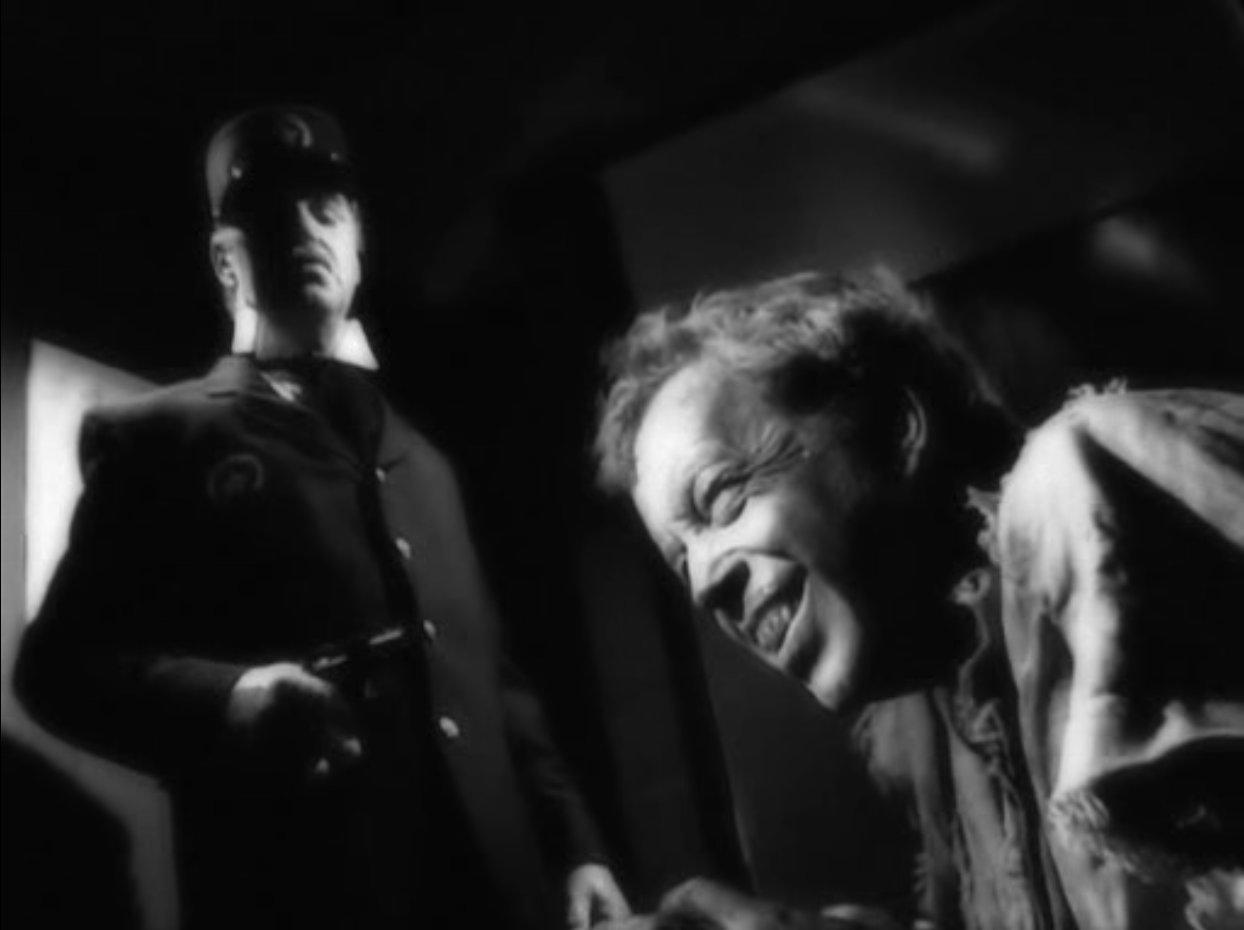
H.P. Lovecraft’s ideas of cosmic terror and the insignificance of humanity in the universe have shown up in other peoples’ movies rather than adaptations of his own work. Andrew Leman’s 2005 adaptation of this classic novella serves up an interesting bit of cinematic alternate history: what if Lovecraft’s The Call of Cthulhu had actually be made and during the late 20’s, the era of its publication?
Filmed in something called ‘Mythoscope,’ which has been described as a mixture of modern cinematic techniques filtered through a silent film aesthetic, The Call of Cthulhu is interesting as it takes what Lovecraft is best known for and somewhat demonstrates why the novella can’t be accurately translated to celluloid.
What made it so scary was its ability to make whatever characters Lovecraft subjected to Cthulhu’s wrath go completely insane, making the reader feel completely helpless by proxy. If humans were subjected to a real great old one, it would be absolutely incomprehensible to the human mind. The Call of Cthulhu downgrades Lovecraft’s beloved/feared creation to mere movie monster status, rather than elevate him to the ancient horror he was portrayed as back in those old issues of Weird Tales.
The film, while keeping with his original themes of the occult and insanity, creates what can be more accurately described as a b-movie. But, in its defense, it’s the kind of b-movie audiences would’ve seen if the film had in fact been released in the late 20’s. That alone makes it a fun watch for the Lovecraft faithful and silent film enthusiasts, but in the end, the novella’s original impact is softened by the limitations of film.
7. V for Vendetta
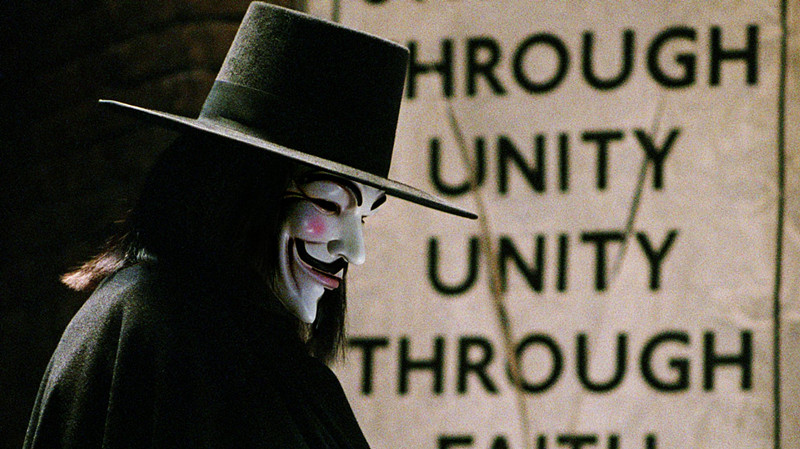
To describe just how complex and dense V for Vendetta is can be summed up in two words: Alan Moore. Yes, sequential art’s favourite scribe is notorious for his twisting narratives and complicated characters, taking storytelling in comics to previously inconceivable heights. Like another entry on this list, V for Vendetta is a master class of writing and visual storytelling, but much of what makes the graphic novel what it is had to be compromised for James McTeigue’s 2005 film.
While the book is a hot mess of political theories and narrative impenetrability, the film is a streamlined dystopian thriller with action-packed set-pieces and characters who were clear cut and basic in their motives, far cries from their comic book interpretations. It goes without saying that any, probably all, adaptations of Moore’s works are flawed and fall short of translating those crucial elements, the results typically being either sub-par or simply garbage.
V for Vendetta, despite its sacrifices, happily crashed expectations and has gone on to become instantly recognizable and generally acclaimed, even if the film falls into the pitfall of Hollywood clichés. Here, those clichés are easy to spot, but they never seem boring and they help the heady themes be more digestible for mainstream audiences.
Granted, many beloved and fantastic moments from the graphic novel are compromised for actions scenes (that are well-done, at least), and to see some of them rendered in film would be amazing, but the end result does a good job of telling it’s story and relaying the themes that have made it so endearing and vital in this day and age.
6. Akira
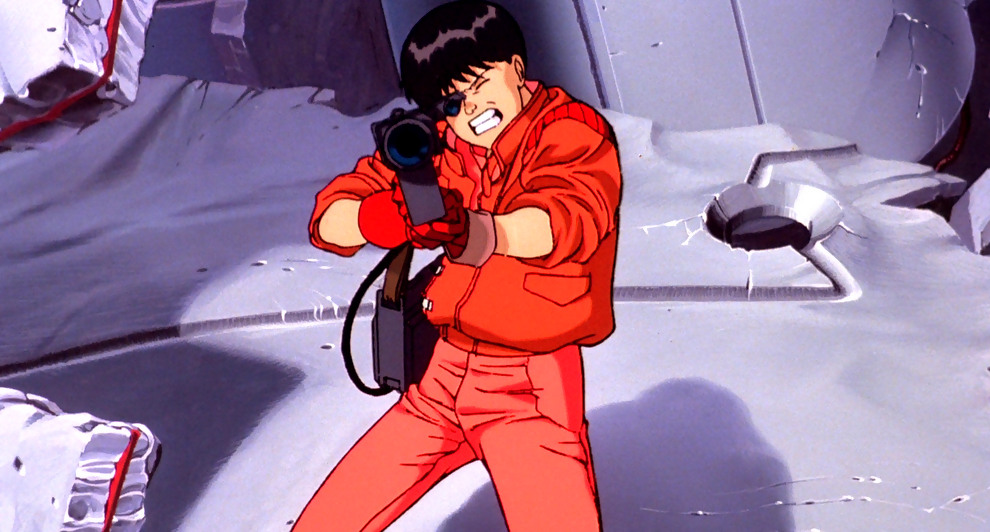
The second comic book appearance on this list, Katsuhiro Otomo’s 2,000+ page manga magnum opus remains one of sequential arts’ most monolithic works. A cyberpunk epic featuring motorcycle gangs, the 2020 Olympic games, psychic powers, teen angst, dystopia society, drugs, and ol’ fashioned ultraviolence, Akira remains a classic and essential reading for all comic fans.
Its eventual 1988 anime adaptation became a high-water mark of world animation, inspiring leagues of sci-fi and action fans while helping spawn a new international fandom based around Japanese animation.
Immediately, one can see the issues that could arise from watching a two-hour movie adapted from over 2,000 pages of story. The 1988 film covers so little of the plot and in such a haphazard manner that it can be heavily distracting to anyone who has a keen sense of story.
Something of note that might explain some of its shortcomings, is the fact that the manga wasn’t completed until 1990, a whole eight years after its debut in 1982 in manga publication Young Magazine. Otomo himself has stated that it was difficult to finish the story for the film, which is understandable. The act of condensing so much lore and story into a two hour interval and giving it a proper ending is no small task.
What makes the manga such a good read is its rich story and characters, elements that’re left out of the film. That being said, the film remains hugely entertaining through its crisp yet fluid animation, excellent action scenes (the opening motorcycle scene remains a masterclass of action and scope), and narrowed, if slightly muddled, story. Its legacy hasn’t been stained by its flaws and remains one of the most popular anime films of all time.